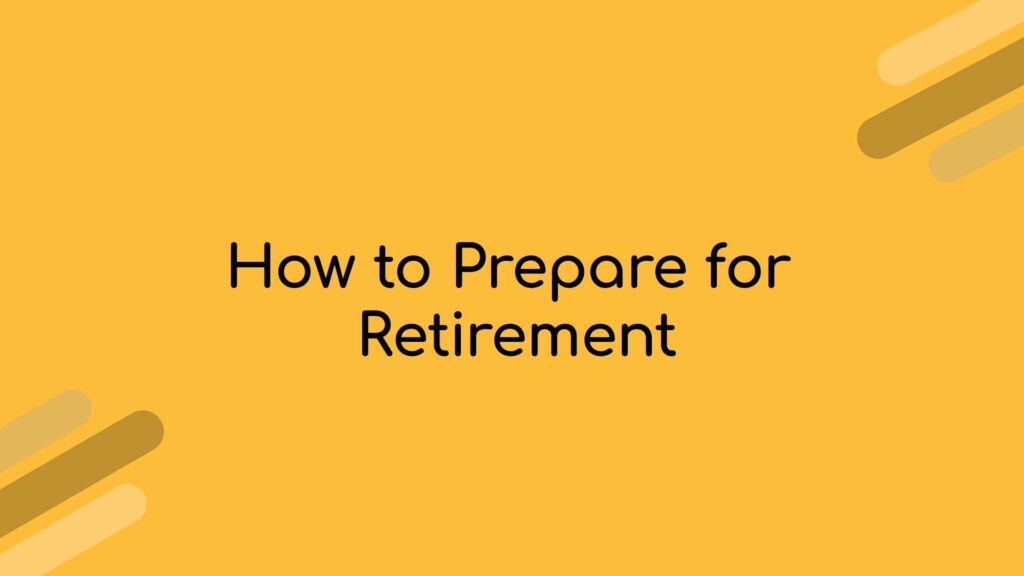Transcript:
0 (0s):
I was going through some topics that might be good for the radio show this weekend. I thought I’d share them with you all on a video, you know, with market volatility, before an election over the last election that we had, we had some pretty significant volatility, pretty much to be expected. Last time we had big market moves, you know, people were asking me, Hey, you know, I remember election night being pulled up on stage at an event. And everybody asking me, Paul, what’s going on in all the radio show hosts were asking me that what was going on? And I said, well, you know, markets, the way they respond when risk is increased is often to drop prices because you know, if risk is increased, I demand a higher expected return on my money.
0 (43s):
So think of it this way. Then this example, I think I probably used, let’s say that I am willing to pay $20 for every dollar of earnings, because I feel pretty confident that earnings are going to come in. My earnings yield would be one divided by 20. So one divided by 20 is five, 5%. Now, if all of a sudden I said, gee, you know what, I need more returned to take this kind of risk. I might drop the price that I’m willing to pay down to 10. What that does is increasingly my earnings yield. Think about it from one divided by funding to one divide by 10, which is 10%. So my earnings yield went from 5% to 10%. Now that’s just a simple example to help you understand how risk actually is.
0 (1m 27s):
It actually comes to bear in stock prices and, and, and why stock prices will fluctuate during times of uncertainty. And I was out there looking for some things for the radio show. And I found this article lessons from past market plunges and my single regret, a single greatest regret and reacting was reacting to them. This guy says, and he was just talking about going back through history. And he said, you know, during past downturns, he says, you know, I’ve re reacted to them. And then all of a sudden I missed out on all the upside. And that was significant because it’s easy to figure out when to get out. It’s really hard to figure out when to get back in because you have all kinds of false starts.
0 (2m 8s):
The way the market tends to recover is it’ll go up and you go, Oh, maybe it’s time to get back in. And it goes down and you go, Oh man, I’m glad I didn’t get back in. And it goes back through these fits and starts many times. And then all of a sudden it takes off. And there’s no turning back at that point, which leads me into my last article that I saw, which was they sold stocks and lived to regret it. And this story just caught my attention. This lady, Cynthia, who had actually bought Amazon back in July of 2002 for $16. And she buys it for $16 and then it goes down to 12 and she goes, she’s like, Oh my gosh, I’ve made a huge mistake. And she sells well, if you follow this stock at all, it’s not 12 anymore.
0 (2m 54s):
It’s not 16. It’s like 3,200. Now you may not miss on that extreme of an upside when it comes to markets. But the reality of it is when markets move, they move swiftly and you’ve got to be there when it happens. Now, the other thing to keep in mind is there’s this article on, on the screen behind me talking about inflation and the government dead over in Britain is actually at a level that it hasn’t been since 1960. Now there’s a lot of spending going on at the government level to finance operations during COVID and help businesses out and help people out. And could that spur a ton of inflation going forward?
0 (3m 34s):
So if I move to cash, could I end up going, Oh my gosh, my cash isn’t worth a whole heck of a lot anymore because all of a sudden, all of this government spending is created devaluation of the dollar. The third thing to think about is, you know, I was noticing this today. I thought it was an, I don’t know what it’ll be when you watch this video. But it was interesting to me that during all of this upheaval gold actually dropped pretty significantly and silver, like over five or 6% when I looked at it last. So you look at these things as safe havens and they’re not. So just a few things to think about when, you know, you look at an investment portfolio and in juice, you stay diversified because you don’t know what’s going to happen.
0 (4m 14s):
I have to be broadly, broadly diversified, large, small value growth international us. You know, you have periods of time, 20 year, 10 year, 20 year periods, a few of them in the last and last century where you had absolutely zero return and us companies and glad you would have had international during those periods of time. And there are periods of time and international doesn’t do anything to us is, is fine. You have times when big companies are doing great and small companies aren’t and you just don’t know it. And you have times when all stocks aren’t doing so well, and then bonds are there to save you. So understanding diversification and abiding by it really important stuff.




